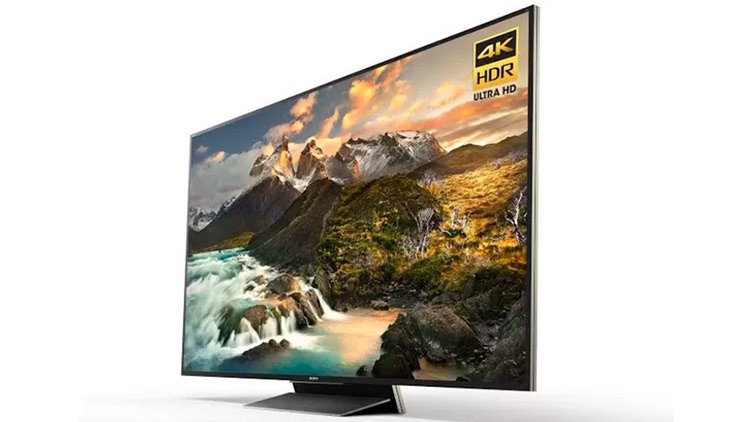FTC Seeks Input on Picture Tube Rule

The Federal Trade Commission is reconsidering how advertisers are required to market screen sizes on TVs and how changes in technology may necessitate changes in the rule.
As part of FTC acting chairman Maureen Ohlhausen's regulatory reform measures—the FTC's version of FCC chairman Ajit Pai's regulatory weed whacker—the FTC is seeking comment on whether it needs to keep the Picture Tube Rule on the books.
The rule requires advertisers to base any representation of the screen size on the horizontal dimension of the actual viewable area, unless they disclose the alternative method of measurement clearly and conspicuously in close proximity to the size designation or such advertisements are considered unfair and deceptive.
The FTC points out that the rule dates from 1966 and was last updated in 1994. It last reviewed the rule in 2006 but decided not to make any changes.
It wants to know if the rule is still needed to help consumers compare products, which was its intent, as well as the "efficiency, costs, benefits and impact of the rule."
It will also take into account changes in TV tech, including plasma, LED, OLED and other flat screen display materials and whether curved screens or different aspect ratios require changes to the rule.
Comments are due Aug. 31.
The smarter way to stay on top of broadcasting and cable industry. Sign up below
“Regulations can be important tools in protecting consumers, but when they are outdated, excessive, or unnecessary, they can create significant burdens on the U.S. economy, with little benefit,” said Ohlhausen of the general regulatory review, which includes energy labeling on some products, unwanted emails (CAN-SPAM Rule) and a textile-related rule. “Private firms face constant market pressure to innovate and improve, and I see no reason why government should operate any differently. American taxpayers should expect nothing less from us."
Contributing editor John Eggerton has been an editor and/or writer on media regulation, legislation and policy for over four decades, including covering the FCC, FTC, Congress, the major media trade associations, and the federal courts. In addition to Multichannel News and Broadcasting + Cable, his work has appeared in Radio World, TV Technology, TV Fax, This Week in Consumer Electronics, Variety and the Encyclopedia Britannica.

